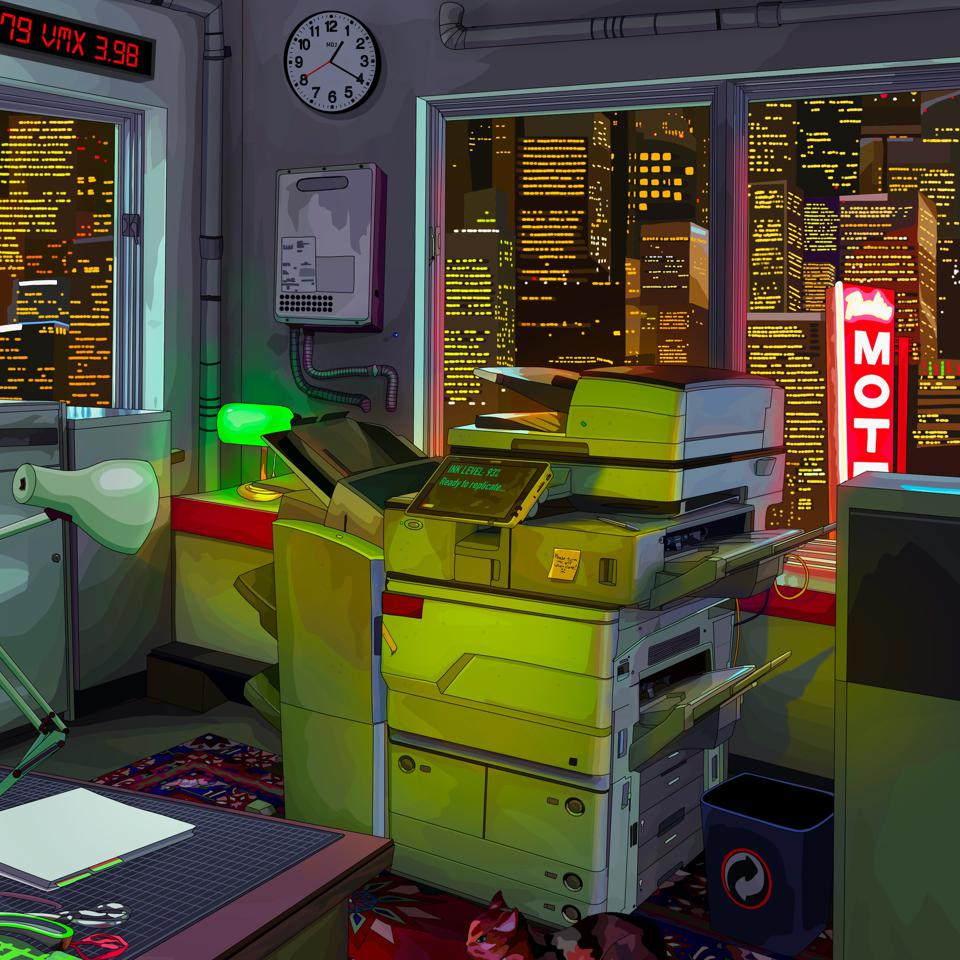Auctions
Mad Dog Jones Is the Most Expensive Living Canadian Artist After Phillips’s $4.1 Million Sale of His Self-Replicating NFT
Bidding started at $100 two weeks ago.

Bidding started at $100 two weeks ago.

Eileen Kinsella

Following recent record-breaking sales of non-fungible tokens (NFTs) by artists Beeple (for $69.3 million) and Pak (for $17 million), the $4.1 million sale of an NFT by Mad Dog Jones seemed comparatively anticlimactic.
But the premium-inclusive price Phillips achieved for REPLICATOR (2021) has made Mad Dog Jones the most expensive living Canadian artist. The digital creator, whose real name is Michah Dowbak, outstripped the famed contemporary photographer and artist Jeff Wall, whose current auction record stands at $3.7 million.
The winning $4.1 million bid—Mad Dog Jones’s only auction result on record, according to the Artnet Price Database—was made by a buyer new to Phillips. It is the latest example of how crypto-wealth is flooding and shaking up the traditional art market.
A Phillips representative confirmed the house is accepting Ethereum as well as traditional currency for the work, but said it was too soon to say how the buyer would pay.
The contest for REPLICATOR closed today after two weeks. There were 16 bidders on the work, according to the auction house. It was its first foray into the NFT realm, and bidding started at a mere $100.

Michah Dowbak, known as Mad Dog Jones. Photo courtesy of Phillips.
As its name suggests, REPLICATOR has the ability to generate new unique NFTs—and it does so every 28 days. Bidding rose to $2.4 million in the first 24 hours and spiked again in the last five minutes of the sale, up to a final price of $4.14 million.
Phillips said that REPLICATOR is an “NFT experience comprising seven unique generations of artworks.” Each subsequent generation will produce one fewer artwork in its lifetime up to generation seven, which will produce no new NFTs. The buyer of the work now possesses all subsequent replicants or jams from generation one. If and when the buyer sells an NFT from generation one, any replicants and jams from that work will also transfer to the new buyer.
Much like a photocopier, REPLICATOR can also jam. When a “jam artwork” is produced, it is unique to its generation and will no longer replicate. The jam rate is between 50 percent to 80 percent for generations two through six, which serves to curb exponential growth (and makes it more difficult to predict how many works REPLICATOR encompasses overall). Each generation may have up to three unique “jam” pieces.
“I am absolutely blown away by the response REPLICATOR has generated across the world,” the artist said in a statement. “It is humbling to see my artwork resonating with people of all backgrounds, who have expressed their excitement about the concept, the technology, and the imagery.”